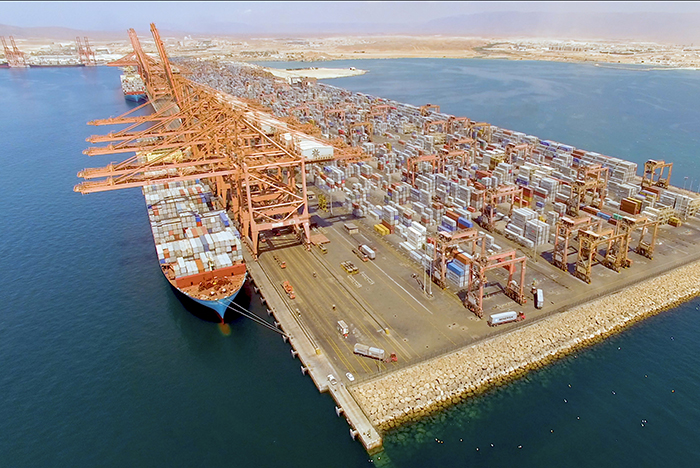Loss of competitiveness, reduction of transhipment business (transfer of cargo from one ship to another), carbon leakage and diversion of ships to non-European ports (but very close to EU ports). These are the risks that Valenciaport has detected in the imminent implementation of the European environmental tax – Emissions Trading System (ETS) – which will be applied gradually from this year until its full implementation in 2026.
In this sense, the Port Authority of València (PAV) alerts the European Commission to the foreseeable changes in the route of ships of Asian and American origin – with the inclusion of a stop at a site close to Europe, but not in the EU – in order to pay less taxes for emission rights. “It must be ensured that there is no carbon leakage linked to the reorganisation of the maritime networks”, the PAV points out in its allegations. For this reason, with the aim of creating a list of ports that could be used for this purpose, Valenciaport has identified the areas to be monitored. In addition, it claims in its allegations that environmental taxes should be applied to the ships that stop there. In this way, the competitiveness of the European and Spanish ports would be guaranteed and the application of measures in favour of the reduction of emissions would be assured.
This rearrangement of routes will mean the loss of competitiveness of the EU ports, which will imminently reduce the current transhipment business in favour of two ports outside the European Union: Tanger Med (Morocco) and East Port Said (Egypt). Therefore, according to its allegations, “the Port Authority of València is in full agreement with the inclusion of both under Directive 2003/87/EC of the European Parliament and of the Council”.
Likewise, Valenciaport also foresees that the Turkish port of Tekirdag Asyaport – another of the non-EU ports but very close to Europe – is also likely to become in the short term an area that will attract transhipment business – which is currently carried out in European ports. For this reason, it is asking the EU to include it in the list of ports to be monitored as “it fulfils the criteria set by the Directive as it is located less than 300 nautical miles from a port under the jurisdiction of a Member State”.
In addition, the PAV requests that other ports that could be used by shipping companies for the same purpose be included: Ambarli, Aliaga, and Mersin (Turkey); Ashdod and Haifa (Israel); and Beirut (Lebanon). And that the growth of the Damietta II (Egypt), Nador West Med (Morocco) and Cherchell (Algeria) sites be controlled. “We understand that the EU must pay due attention to the evolution of other ports located in the Mediterranean area, as they have installed operational capacity that makes them potential enclaves to which important volumes of transhipment could be diverted”. This is what the PAV has pointed out in its allegations to the European initiative ETS (emissions trading system) which foresees the charging of emission rights based on the ship’s route: longer journeys will mean a higher rate and vice versa.
Source: Hellenic Shipping News





